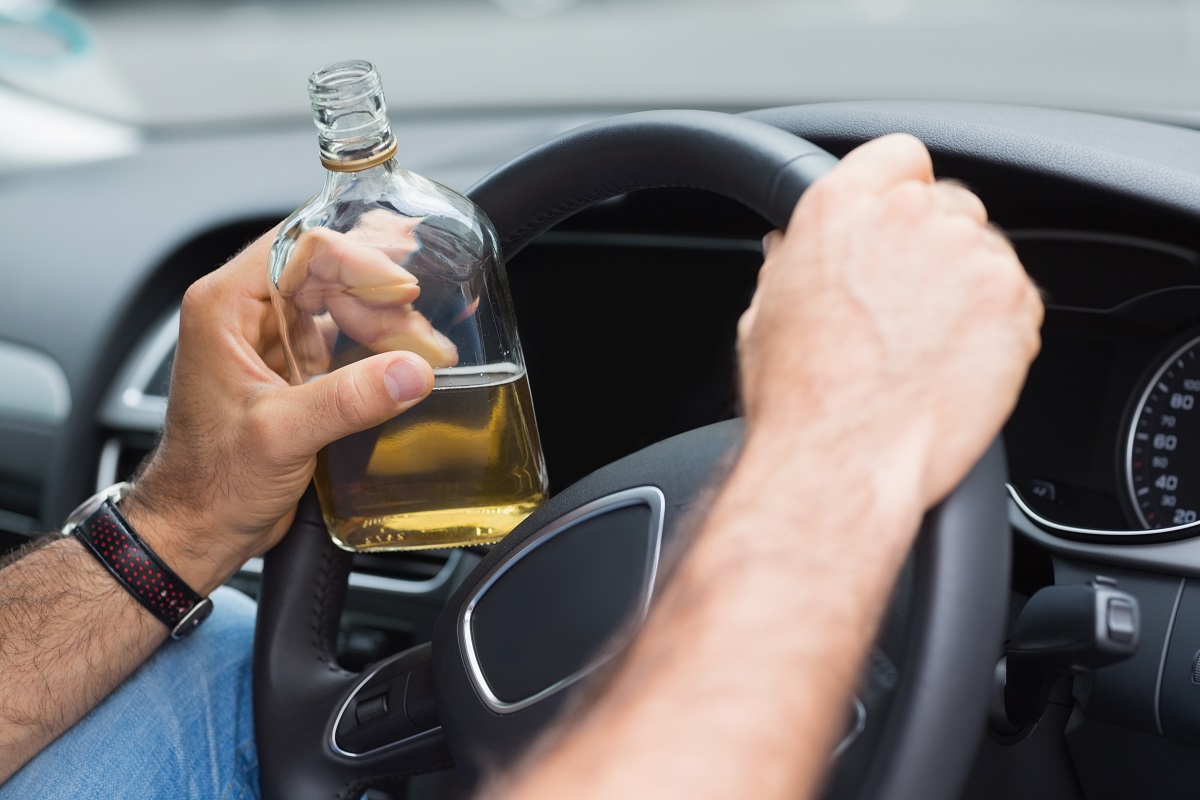
Driving under the influence of alcohol takes many innocent lives every year. A motorcycle accident injury lawyer in Denver will tell you these deaths can be prevented. Distracted driving and driving under the influence of drugs have their share of the pie, but drunk driving remains a huge problem.
Sobering figures
In May 1988, 27 people died and 34 more suffered injuries when a drunk driver headed in the wrong direction stuck a bus in Kentucky. The fire that engulfed the crash caused the deaths of almost half the number of bus passengers.
The driver was already previously convicted of drinking under the influence of alcohol. This incident is widely considered as the worst drunk driving road mishap. Twenty-nine deaths each day — that is the National Highway Traffic Safety Administration (NHTSA) estimate on drunk driving.
The astonishing fact doesn’t get softened by the observation that deaths from drunk driving have markedly decreased to a third in the past 30 years. The loss of $44 billion dollars a year in damages pales in comparison to 10,000 lives lost each year because somebody had too much to drink and drove anyway. About 40 percent of the deaths are of victims other than the drunk driver.
The problem with drinking and driving

Once absorbed in the blood, alcohol is transported to different cells. The liver metabolizes alcohol. The central nervous system can be affected directly and gravely by alcohol consumption.
Even a small amount can compromise the integrity of the central nervous system — impairing reflexes, coordination, and judgment. Measurement of blood alcohol concentration (BAC) is a basis for determining whether someone is fit to drive after alcohol intake.
At .08% BAC (.08 grams of alcohol per deciliter), driving is not allowed by law in the majority of the states. Many accidents that have occurred in the past, with casualties and fatalities occurred with someone at the helm driving with alcohol levels way below the legal limit.
Higher risks for certain demographics
Women metabolize alcohol differently than men. Give a similar amount of alcohol a woman may become more readily intoxicated than her male counterpart due to body water content, dehydrogenase activity (an enzyme that breaks down alcohol), and hormonal factors.
Teenage drivers are also figuring significantly in crashes involving alcohol. Underage driving and use of alcohol and drugs among the group increase their risk. The same is true for older persons who become more susceptible to the effects of alcohol after the age of 65 years.
One drink can impair a person’s driving skills. Age and gender factors may increase the risk two-fold. Various measures are being implemented in America today to lower the death toll from drunk driving.
Curious and novel suggestions are often being put forward to detect more accurately if a driver is fit to launch a motor vehicle to causing speed. Suggestions for alternative modes of transportation are also in the works.
Still, it is at the driver’s discretion whether he or she will drink and drive. Perhaps we should all take the risk more seriously and refrain from drinking before driving altogether.
Leave a Reply